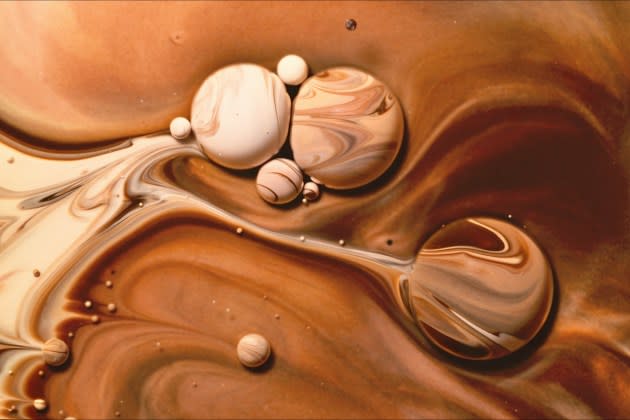L’Oréal Launches Melasyl to Prevent Skin Pigmentation Marks

Updated March 11 at 4:20 p.m. EST
PARIS — L’Oréal has launched a groundbreaking molecule, called Melasyl, which was created to prevent the development of skin pigmentation marks that can lead to age spots and post-acne marks.
More from WWD
“Melasyl is part of a huge project for the upcoming years,” explained Anne Colonna, global head of advanced research at L’Oréal. “It is a key breakthrough in the field of longevity. Discovering this new ingredient opens a new era, brings a new dimension to beauty, which is not only correcting, but also predicting and reversing the aging of our skin.”
Longevity, she explained, “is adding life to our years, and not years to our life. I love this sentence, because what does it mean for skin? It means keeping our skin healthy for a longer period.”
Melasyl resulted from testing carried out through 121 scientific studies. The molecule is multifaceted, also “at the heart of inclusivity, which means at the heart of creating the beauty for each of our consumers,” Colonna said.
A recent, sweeping epidemiological study involving nearly 50,000 people in more than 30 countries revealed that half of participants said pigmentation disorders, such as sun spots, post-inflammatory pigmentation and melasma, were of concern.
“Fifty percent of them said it affects their quality of life,” underlined Colonna, who noted 22 percent feel less loved by family and friends; 20 percent feel pushed away by their partner, and 22 percent feel people consider them as dirty. “Of course, it is not the reality — it is the perception, but unfortunately it does exist. So we need to respond to this consumer,” Colonna said.
L’Oréal spent 18 years researching and vetted 100,000 molecules to arrive at the multipatented cosmetic ingredient Melasyl. It is billed to stop dark spots, including age spots and brown macules, even persistent ones, efficiently and safely across all skin tones.
“It has a new mode of action, which is completely respectful of melanin’s natural process,” Colonna continued. Normal melanin production can be upset for many reasons and if untreated may lead to dark spots of various kinds. Melasyl balances excess melanin in order to provide a more even skin tone.
“It’s prevention, what we call interception and correction,” Colonna said. “That’s why we put it in the longevity field.”
L’Oréal keeps powering ahead with research, combining its deep historical knowledge of beauty with the power of AI and of digital.
The company has, for instance, partnered with Verily, an Alphabet precision health company, to carry out the world’s largest study on diversity in the beauty industry, with 10,000 participants.
“It’s the most inclusive cohort ever in beauty,” said Colonna, adding that involves skin, scalp and hair measurements. The companies are culling millions of data points on each consumer.
“We can be very individual,” she explained.
This knowledge can help L’Oréal to be even more predictive, so enabling action before any clinical signs appear on skin.
The group already has deep expertise on pigmentation developed over the past 35 years of dedicated research. It reconstructs pigmented skin, to reflect all skin tones, and can use such skin to evaluate and test new ingredients.
The company has carried out hundreds of clinical studies, including about 100,000 participants, to assess the efficacy of different ingredients on all five continents.
Melasyl was first presented in Singapore, at the World Congress of Dermatology 2023. It was recently featured, as well, at the American Academy of Dermatology’s meeting in San Diego.
L’Oréal has 4,000 researchers, with multiple expertise, in 20 centers worldwide. Hubs in France, the U.S., India and China, in particular, were instrumental in creating Melasyl.
The molecule, which is highly complementary with sun care products, has been integrated into formulation for La Roche-Posay’s Mela B3 franchise, including MelaB3 serum and MelaB3 SPF 30. It will soon be in some L’Oréal Paris and Vichy products, too.
In the near future, molecules will be available to impact all signs of aging, said Colonna, adding: “We are then entering a super exciting period for us researchers.”
Findings in the field of longevity are accelerating, thanks to L’Oréal’s internal research and partnerships with experts around the globe. The group in mid-January, for example, invested in Swiss longevity biotech company Timeline. That has developed a proprietary ingredient to rejuvenate aging skin cells.
Best of WWD
